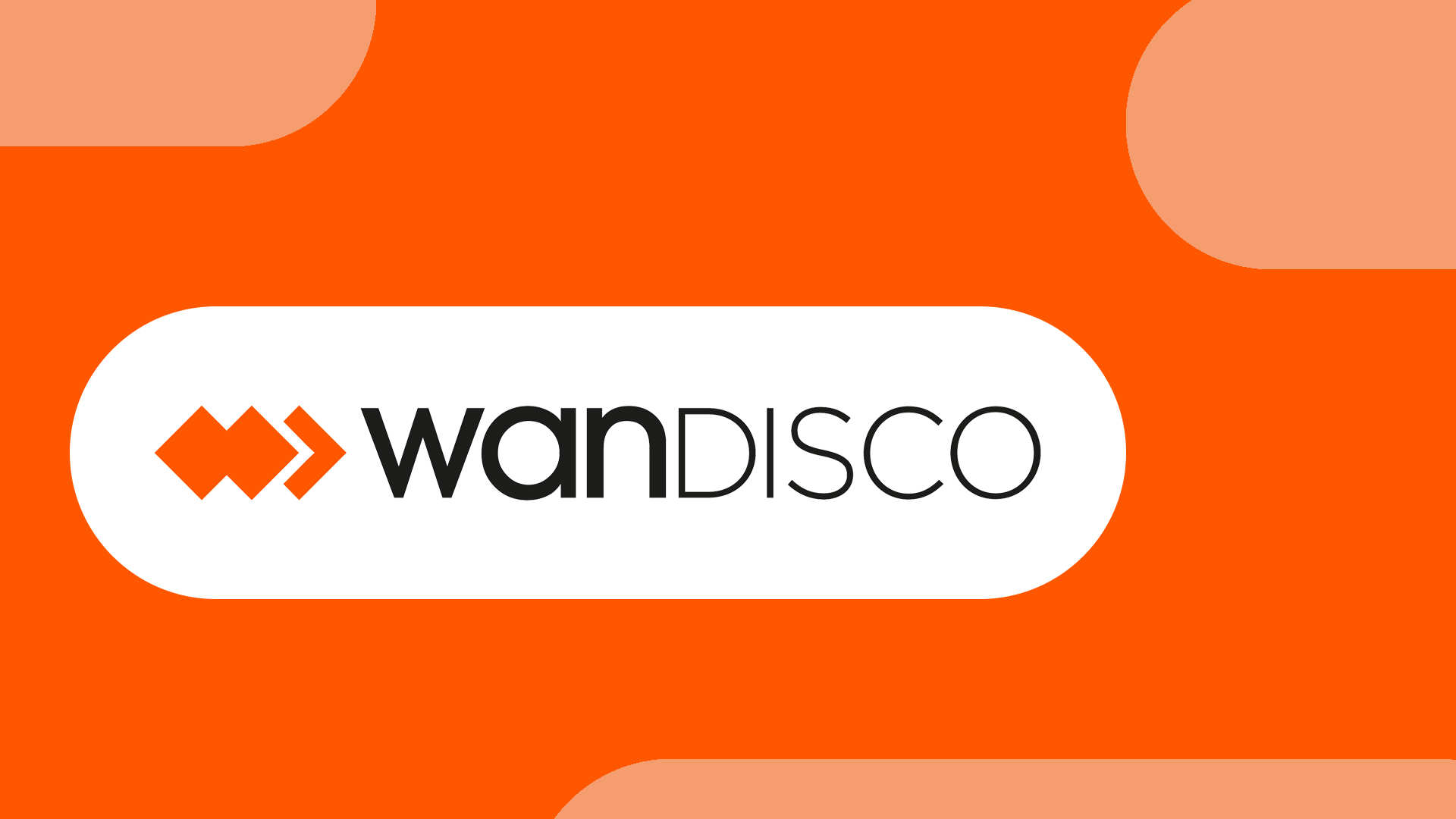How to give your business a voice
Alexa and her friends aren’t just for music and home automation. Find out how voice assistants can benefit your business

Voice control is everywhere: By now, we all know how Alexa, Siri and the Google Assistant can help us out in our personal lives. However, it's rare that we use them in business for anything other than setting appointments, or looking up odd facts and stats.
That's changing, though and more quickly than you might think. Amazon is actively targeting Alexa at business users, and Apple's strategic alliance with Salesforce is giving Siri a growing role in the enterprise. Google, meanwhile, is making it easy for developers to code their own add-ons for Assistant, and Microsoft is opening up its Bot Framework to organisations that want to develop their own business-focused, voice-activated apps.
If you're eager to embrace the full potential of voice assistants, however, you may have to be a little patient. Some of the most exciting tech is still under development: this is a revolution that's in its early days. Here's our overview of what the four lead players are up to, so you can get on board now and be ready to take advantage of new features as they become available.
Alexa for business
Amazon's Alexa for Business service currently only available in the US is an extension to Alexa that adds business-specific functions, and a dedicated enrolment tool that provisions up to 25 Echo devices at a time.
Amazon charges a monthly $7 for each physical device, and $3 a month for every enrolled user. Registered Echo devices can then be assigned to set locations in the office (or rooms, in Amazon parlance) and you can teach the system about your organisation's assets and employees.
Once this is done, staff can use Alexa for Business to schedule meetings, book rooms and so on and, in the meeting, Alexa can also initiate any required telepresence connections, with the ability to dial into Cisco, Tandberg, Zoom Rooms and Crestron 3-Series services. As Amazon puts it: "Alexa for Business lets users start meetings in conference rooms by simply saying, 'Alexa, start the meeting'. Alexa will automatically dial into the meeting using an Alexa device as a speaker, or using your existing videoconferencing equipment. Users can end their meetings by saying, 'Alexa, end the meeting'. If there is no scheduled meeting in the conference room, Alexa will prompt for the meeting information, and will start an ad hoc meeting."
Some smart tricks are used to make the process as seamless as possible. Alexa for Business can automatically pick up dial-in details from calendar events in Google, Exchange or Office 365 hosted calendars, so you don't need to read them out. If you're setting up a one-on-one meeting, Alexa can check both participants' calendars and suggest suitable times, which you can confirm with a spoken response.
Get the ITPro daily newsletter
Sign up today and you will receive a free copy of our Future Focus 2025 report - the leading guidance on AI, cybersecurity and other IT challenges as per 700+ senior executives
As Alexa for Business works with standard Echo hardware (including the Echo Dot and Echo Show), its capabilities can also be conveniently extended to home workers' own Alexa devices, and used in parallel with their own skills and settings. Other devices can be shared, without having to be tied to a personal Amazon account: for example, you can set up an Echo to control equipment such as lighting, plugs and blinds, without linking personal information.
This is all good, but perhaps the biggest attraction of using Alexa in your business is the ease with which you can develop your own skills, enabling you to trigger more or less any specific task with a voice command. The Alexa for Business API includes a number of extra functions that aren't available to regular skills, largely pertaining to multiuser office environments. Browse the technical documentation here.
Can I use it today?
Alexa for Business isn't yet available in the UK, but it's one to keep your eye on as it's a pretty compelling proposition that's ripe for expansion. In the meantime, Echo devices can still be useful for performing quick lookups and setting calendar appointments; combined with IFTTT, Echo devices can be used to automate quite complex tasks.
You also don't need to wait for Alexa for Business to start building your own skills. You can get started here; your first million calls and 750 hours of Amazon EC2 usage per month are free, and you can develop in a range of languages, including Java, Python and C# so it's likely that someone in your organisation already has the necessary skills.
Siri for business
Apple's mobile products may have huge consumer appeal, but they also have significant support in business. In 2014, the company announced that it was partnering with IBM to deliver enterprise-grade applications on iOS, and since then the IBM MobileFirst for iOS programme has delivered more than 100 apps across fields as diverse as government, healthcare and air travel.
Latterly, Apple has also been working with Salesforce, whose lead product its eponymous CRM platform helped generate revenues of $10.5 billion last year alone. The news broke last autumn that Apple was helping the company to integrate Siri into its products, allowing customers to update records using voice and that Salesforce was updating its technology to allow third-party developers to take advantage of specific iOS features.
As Reuters reported: "The partnership means that a salesperson can use Siri after a customer meeting to update that customer's record with notes from the meeting, flag a customer service issue for a support team to follow-up on, and many other data-entry tasks that can eat up valuable time."
If you're not a Salesforce user, you might right now be asking, "so what?" But the potential benefits go far beyond those who interact directly with the CRM platform. Marriott Hotels is currently updating its iOS app so that guests can control their room temperature, and order taxis and room service, using Siri and if they later check in to another hotel in the same chain, their preferences will be remembered. All of this is underpinned by the link between Siri and Salesforce.
Even if your business doesn't use CRM at all, recent additions to Siri's skillset might have something to offer. Apple gave Siri a significant boost with last autumn's release of iOS 12, which included SiriKit, through which developers can easily add voice control to their iOS and watchOS apps.
This is a boon for teams building apps for in-house use, as it allows them to incorporate a much greater degree of intelligence into their products to take account not only of direct user input but also time of day, location and so on. A complementary app, called Shortcuts (free from the App Store), allows consumers to link together pre-built blocks in a similar manner to construct their own applications, much as they've been able to do using Automator in macOS since 2007.
Can I use it today?
Yes, the SiriKit SDKs and beta code are available to download today, along with extensive documentation. And if you're already using a bespoke iOS application, you don't need to start again from scratch: Siri integration can be imported as an additional skill in Xcode, allowing you to work with domains (classes of function, such as looking up a map) and intents (actions) to adapt existing features of your app for use with voice.
Cortana for business
Microsoft doesn't sell smart speaker hardware its voice assistant Cortana is only found natively on Windows 10 devices (although it can also be optionally installed on iOS and Android devices). Don't write it off, though. An awful lot of businesses use Windows 10 laptops, and the total installed base currently stands at around 800 million devices.
Microsoft is taking advantage of this position by developing Cortana's ability to integrate with mainstream business applications notably Office 365. In the company's own words, "Cortana works even harder when she connects to Office 365, helping employees to be notified about unusual events, such as meetings over lunch or during a typical commute time, and about early meetings, even setting an alarm so the employee isn't late."
Perhaps more exciting is the forthcoming Cortana Skills Kit for Enterprise, announced at Microsoft Ignite in September last year, and currently available as an invite-only private beta. This allows businesses to use the Azure Bot Service to create their own intelligent assistants, with natural language understanding courtesy of Cortana, which they can then roll out across their organisation.
Microsoft has suggested several scenarios where such bots could be valuable: they could allow users to submit support tickets by voice, which will be automatically assigned to available assistants, or to book office services such as cleaners without having to scour the intranet for the details of the contracted cleaning agency. The important thing is minimising the time that workers spend on administrative tasks, so they can focus on being productive: as Javier Soltero, who oversees Microsoft's Cortana business, put it, voice control backed up by AI helps users "stay in the flow of what they are doing".
As with Alexa, Microsoft recognises that users will likely have two different relationships with Cortana: A professional one, where they use voice control to manage daily tasks or extract sales data from Power BI, and a home persona. Signing in with an Azure Active Directory account allows the two to be effectively merged, so you can access both personal and business tasks from a single device. And when someone leaves the organisation, their account can simply be unlinked to remove access to business-specific services and resources.
Can I use it today?
Microsoft has produced short, but thorough, guides on using Cortana in businesses and enterprises: you'll find the information you need to get started here. Right now, you can integrate Cortana with Office 365 and Power BI, and use it to search contacts on LinkedIn but if you want to use the Cortana Skills Kit for Enterprise, you'll need to apply for access, so developing your own extensions may have to wait.
Google Assistant for business
Google is just as keen as its rivals for businesses to embrace its voice assistant technology, but it's taking a slightly different tack. Rather than encouraging companies to develop voice-enabled apps for in-house use, it's promoting Google Assistant as a way for customers to interact directly with companies. It's not a bad idea, as the Assistant certainly has the reach required: it's currently available on more than 500 million devices worldwide, ranging from smart speakers to tablets and phones, and brands including Netflix, KPMG, Ticketmaster and Starbucks have all climbed aboard.
Indeed, the technologies for creating your own extensions to the Google Assistant have been available for some years. The Actions on Google site, which launched in late 2016, is for anyone who wants to develop extensions for Google Assistant, complete with documentation, sample code and an API reference. When you sign up, you get $200 a month of Google Cloud Credit, which you can use to deploy extensions for smart speakers and Assistant running on Android phones and tablets.
The actions you create can be either direct or conversational. The former are single-function commands, such as queries that deliver a one-sentence response; the latter allows for a degree of back and forth. Google also owns Dialogflow, which helps developers design realistic two-way conversational skills for Assistant, and extends the feature set to Alexa, Facebook Messenger, Slack and other platforms.
Once your action has been added to the Actions directory, it can be used on any Assistant-enabled device, including Google Home smart speakers and Android mobile devices.
Can I use it today?
Yes, although you'll need to apply to develop and deploy Actions, so check out the eligibility criteria to make sure you qualify.
It's also worth looking at Google's design guidelines for developing conversational applications. Its advice on developing "personas", which are the basis of natural conversation, isn't limited to the Google Assistant, but should be applicable to any interactive voice-driven platform.
Nik Rawlinson is a journalist with over 20 years of experience writing for and editing some of the UK’s biggest technology magazines. He spent seven years as editor of MacUser magazine and has written for titles as diverse as Good Housekeeping, Men's Fitness, and PC Pro.
Over the years Nik has written numerous reviews and guides for ITPro, particularly on Linux distros, Windows, and other operating systems. His expertise also includes best practices for cloud apps, communications systems, and migrating between software and services.
-
 Bigger salaries, more burnout: Is the CISO role in crisis?
Bigger salaries, more burnout: Is the CISO role in crisis?In-depth CISOs are more stressed than ever before – but why is this and what can be done?
By Kate O'Flaherty Published
-
 Cheap cyber crime kits can be bought on the dark web for less than $25
Cheap cyber crime kits can be bought on the dark web for less than $25News Research from NordVPN shows phishing kits are now widely available on the dark web and via messaging apps like Telegram, and are often selling for less than $25.
By Emma Woollacott Published
-
 How to empower employees to accelerate emissions reduction
How to empower employees to accelerate emissions reductionin depth With ICT accounting for as much as 3% of global carbon emissions, the same as aviation, the industry needs to increase emissions reduction
By Fleur Doidge Published
-
 Worldwide IT spending to grow 4.3% in 2023, with no significant AI impact
Worldwide IT spending to grow 4.3% in 2023, with no significant AI impactNews Spending patterns have changed as companies take an inward focus
By Rory Bathgate Published
-
 Report: Female tech workers disproportionately affected by industry layoffs
Report: Female tech workers disproportionately affected by industry layoffsNews Layoffs continue to strike companies throughout the tech industry, with data showing females in both the UK and US are bearing the brunt of them more so than males
By Ross Kelly Published
-
 How can small businesses cope with inflation?
How can small businesses cope with inflation?Tutorial With high inflation increasing the cost of doing business, how can small businesses weather the storm?
By Sandra Vogel Published
-
 How to deal with inflation while undergoing digital transformation
How to deal with inflation while undergoing digital transformationIn-depth How can organizations stave off inflation while attempting to grow by digitally transforming their businesses?
By Sandra Vogel Published
-
 How businesses can use technology to fight inflation
How businesses can use technology to fight inflationTUTORIAL While technology can’t provide all the answers to fight rising inflation, it can help ease the pain on businesses in the long term
By Sandra Vogel Published
-
 Embattled WANdisco to cut 30% of workforce amid fraud scandal
Embattled WANdisco to cut 30% of workforce amid fraud scandalNews The layoffs follow the shock resignation of the company’s CEO and CFO in early April
By Ross Kelly Published
-
 Some Tech Nation programs could continue after Founders Forum acquisition
Some Tech Nation programs could continue after Founders Forum acquisitionNews The acquisition brings to a close a months-long saga over what the future holds for Tech Nation initiatives
By Ross Kelly Published